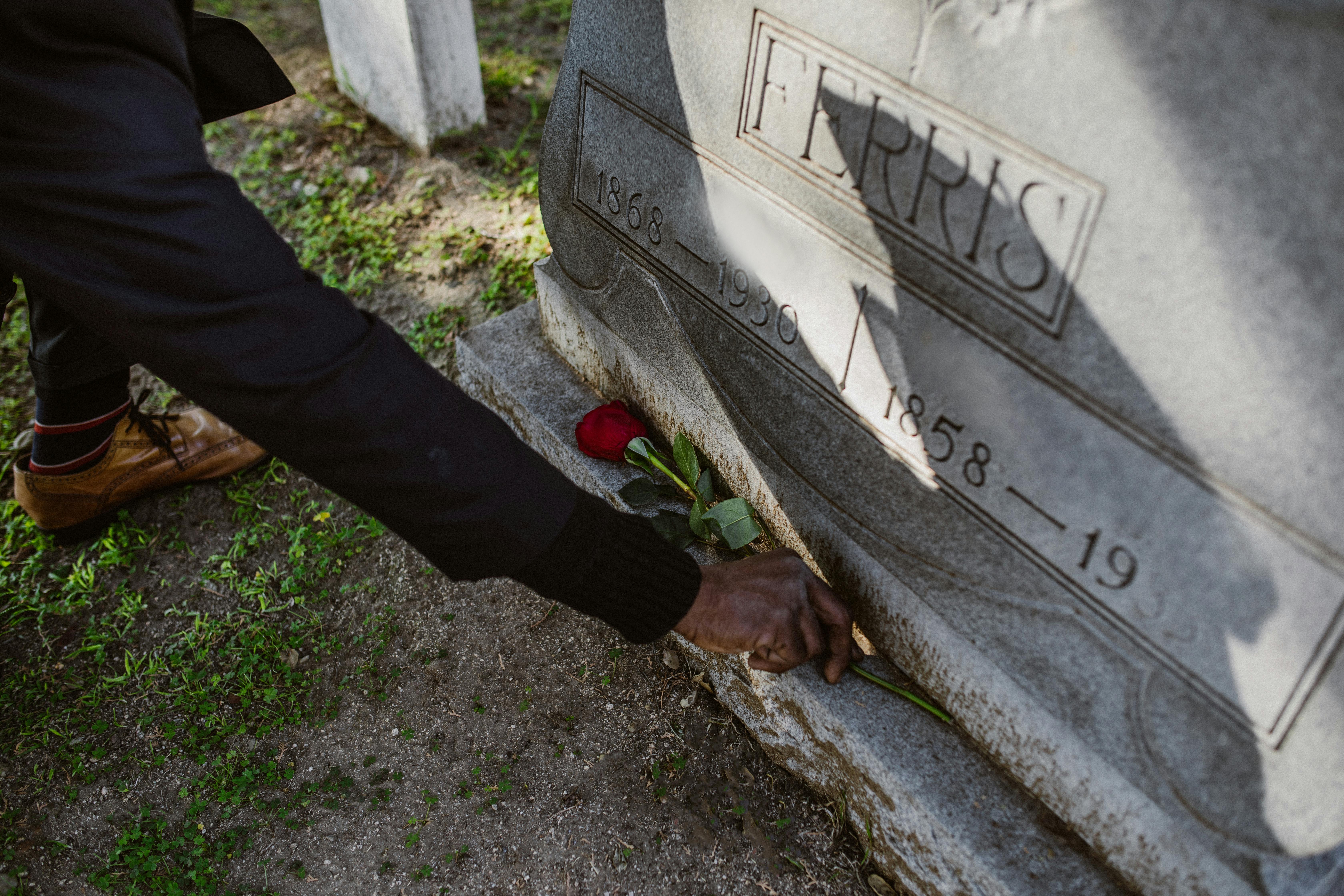A loved one entering hospice care is an emotional and confusing time. Families are often navigating grief, fear, and practical responsibilities all at once. One of the most common questions that arises during this transition is: how long do people live in hospice? Understanding what hospice care entails, the timing of when someone is admitted, and what next of kin should expect can help ease uncertainty and allow families to focus on comfort and connection during their loved one’s final days.
{{blog-cta}}
What Is Hospice Care?
Hospice care is specialized medical care focused on providing comfort, dignity, and quality of life to individuals who are in the final stages of a terminal illness. Unlike curative treatment, hospice does not aim to prolong life or reverse disease. Instead, it prioritizes pain management, emotional support, and spiritual care. Hospice services are provided by a team of healthcare professionals including doctors, nurses, social workers, chaplains, and trained volunteers.
Care is delivered wherever the patient resides—this could be at home, in a hospital, in a nursing home, or in a dedicated hospice facility. The goal is to create a supportive environment where the patient can live as fully and comfortably as possible in their remaining time.
When Does Someone Enter Hospice?
To qualify for hospice, a doctor must certify that the patient has a terminal illness and is expected to live six months or less if the disease runs its natural course. However, this prognosis isn’t always precise. Some individuals may live beyond six months and continue receiving hospice care if their condition continues to decline. Others may pass away within days or weeks of entering hospice.
Unfortunately, many people are referred to hospice too late. It’s not uncommon for patients to begin hospice care only in the final days of life, which limits the opportunity for the full range of hospice services to take effect. Earlier referrals can lead to better symptom management, more meaningful family time, and less crisis-driven decision-making.
What Is the Average Length of Stay in Hospice?
While hospice eligibility extends up to six months, the actual average length of stay is significantly shorter. According to data from the National Hospice and Palliative Care Organization (NHPCO), the median length of stay in hospice is about 18 days, and the average (mean) stay is around 76 days. These numbers vary depending on the patient’s diagnosis, timing of referral, and other health-related factors.
Cancer patients, for example, tend to have shorter hospice stays because the decline is often more sudden. Patients with chronic conditions like heart failure or dementia might have a longer stay due to the gradual nature of decline, though they still often enter hospice late in the disease process.
What Can Next of Kin Expect After Hospice Begins?
For family members, knowing what to expect when a loved one enters hospice can ease some of the fear surrounding this difficult transition. Here are several key aspects of the hospice experience:
1. A Focus on Comfort, Not Cure
Once in hospice, the emphasis shifts entirely to comfort care. Pain management, control of symptoms like nausea or shortness of breath, and emotional well-being become the priority. Families can expect regular visits from hospice staff who assess the patient’s condition and adjust medications as needed.
2. 24/7 Support
Hospice programs offer 24/7 on-call support. This means a nurse can be reached any time of day or night to answer questions or respond to changes in the patient’s condition. This is especially comforting during nighttime or weekend hours when anxiety often increases.
3. Emotional and Spiritual Support
Grief counseling, chaplain services, and support groups are available not just for the patient, but also for the family. Hospice teams understand that end-of-life care is as much about emotional and spiritual peace as it is about physical relief.
4. Help with Personal Care and Daily Needs
Hospice aides assist with bathing, dressing, and other personal care needs. Medical equipment like hospital beds, oxygen tanks, and wheelchairs are also provided as needed, reducing the logistical burden on families.
5. Anticipatory Grief and Guidance
Hospice staff help families prepare for what’s to come, both practically and emotionally. They can explain the physical signs of active dying, help you understand the dying process, and offer guidance on what to say or do to bring comfort.
6. Bereavement Services After Death
Hospice support doesn't end with your loved one’s passing. Most programs offer bereavement support for at least 13 months after death, including counseling and referrals to mental health services if needed.
{{blog-cta-small}}
Making the Most of Time in Hospice
Although the time in hospice is often brief, it can be incredibly meaningful. It provides a sacred window for closure, forgiveness, reminiscing, and simply being present with your loved one. Many families find that hospice allows them to transition from crisis mode into a space where they can experience peace and connection during a deeply human moment.
To make the most of this time:
- Don’t hesitate to ask questions—hospice staff are there to support you.
- Accept help when it’s offered, including from volunteers.
- Focus on comfort and emotional presence rather than tasks.
- Share stories, photos, music, or quiet moments together.
Hospice care marks a profound stage in life’s journey—not just for the person who is dying, but for those who love them. While the average stay in hospice is often shorter than expected, even a few days of well-supported care can bring tremendous relief and healing.
If your loved one may be eligible for hospice, early conversations with their healthcare provider can help ensure timely access. By understanding what hospice is and what to expect, families can walk this path with more clarity, compassion, and grace.
Sign up for a free Elayne account for guidance during this stage of life, and utilize our hospice checklist to ensure a seamless experience.


















































